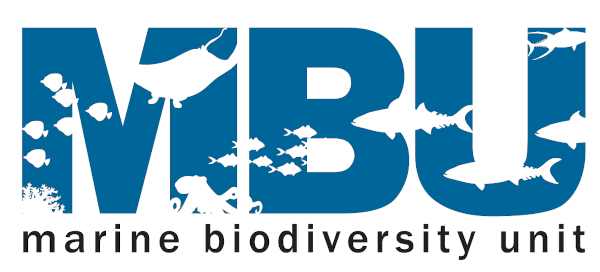Global Initiatives
Species data and analyses generated by the Global Marine Species Assessment (GMSA) contribute to international conventions, multi-lateral environmental initiatives, and policy fora around the globe.
Convention on International Trade of Endangered Species (CITES)
Species information generated by the GMSA is often used to determine if a species meets the criteria for inclusion in CITES. Marine Biodiversity Unit researchers were invited to the CITES CoP15 in Doha, Qatar in March 2010 to provide technical backstopping for marine species proposed to be listed under Appendix I or II, including eight species of shark and the Atlantic Bluefin tuna The landmark 2013 listing of seven marine species to Appendix II came into effect in September 2014. Appendix II is designed to protect internationally traded species that may not be currently threatened but could be at high risk of extinction unless trade is closely controlled. The seven species, including the oceanic whitetip shark; the smooth, scalloped and great hammerhead sharks; porbeagle shark; and the reef and giant manta rays, are highly commercial, creating new challenges for the implementation of this listing. Under Appendix II, all specimens for international trade will have to be accompanied by permits, proving that the specimen was collected sustainably and legally, and be reported to the CITES Secretariat.
Convention on Biological Diversity (CBD)
Results from GMSA generated data were used to determine the rate of marine biodiversity loss for CBD 2010 targets, and are key components in measuring the success of CBD 2020 biodiversity targets 1, 2, 6 and 12. In addition, our results were used in combination with Red List assessments of terrestrial and freshwater species to estimate how close we are to meeting the national and global conservation area targets (CBD target 11). These results are available in a recent publication.
Fisheries Conservation and Advocacy
In collaboration with regional fisheries management organizations (RMFOs), conservation organizations, universities, and research institutions around the world, the results and recommendations from the completed Global Tuna and Billfish Red List Assessment are forming the platform for a number of global and regional fisheries conservation and advocacy initiatives.
